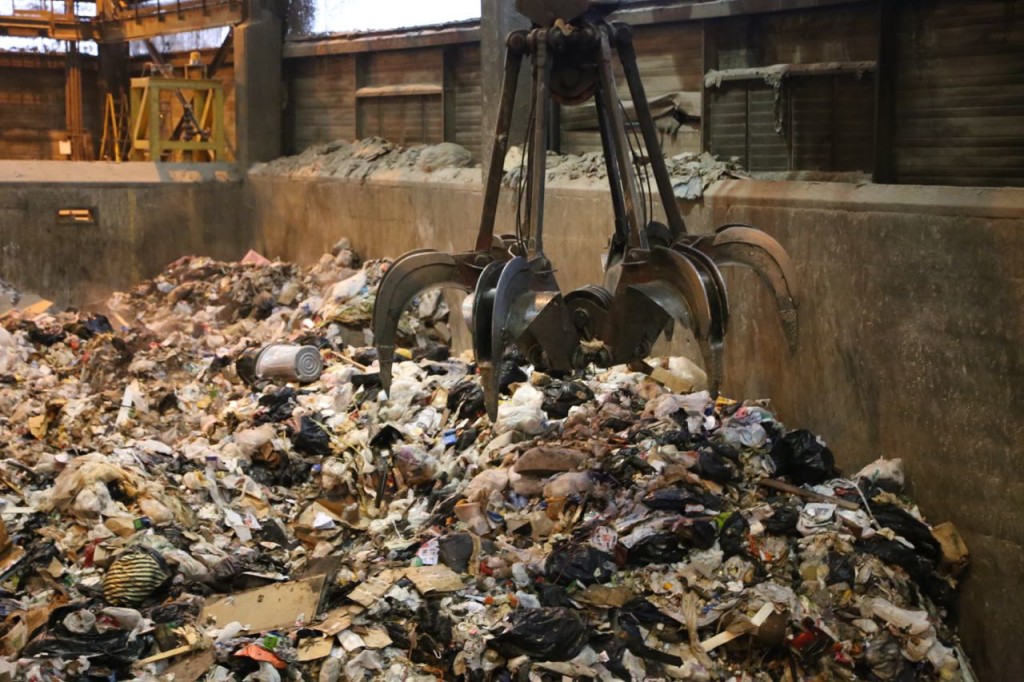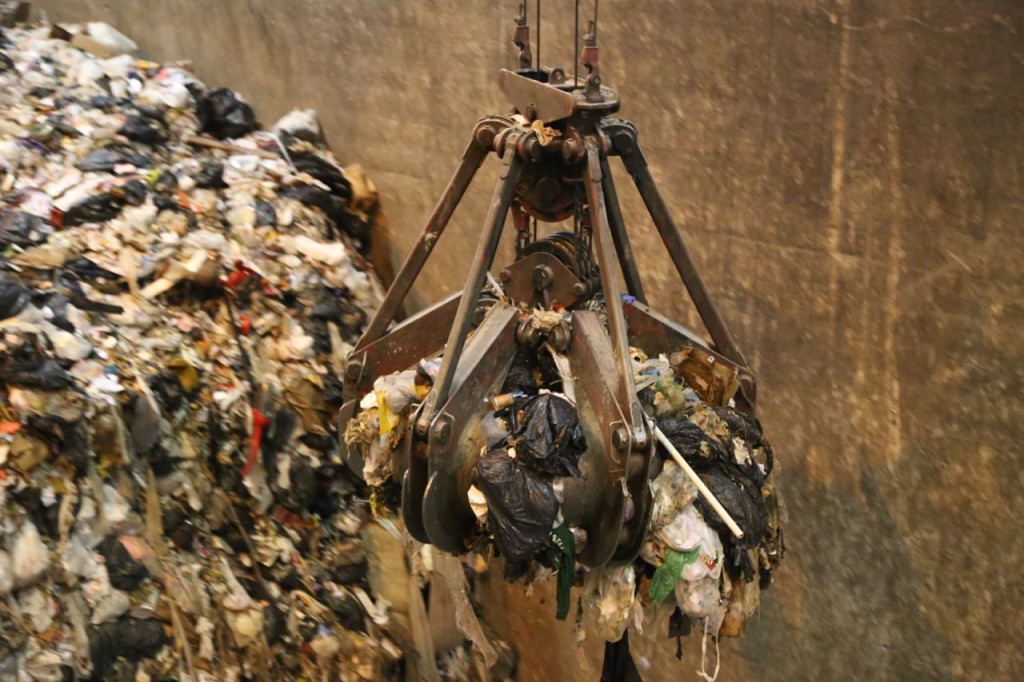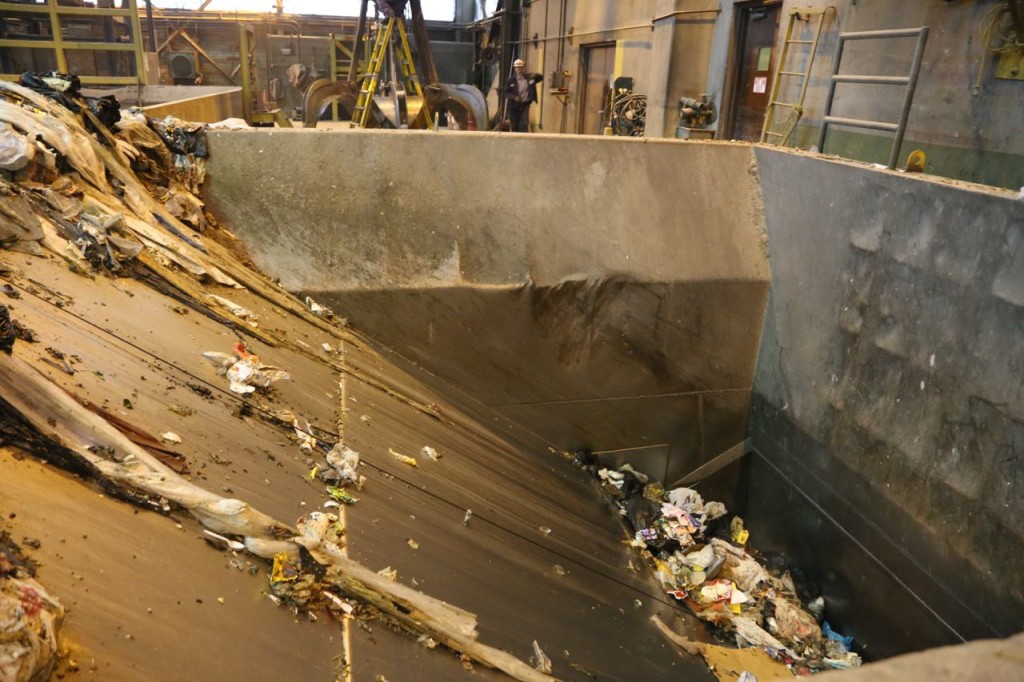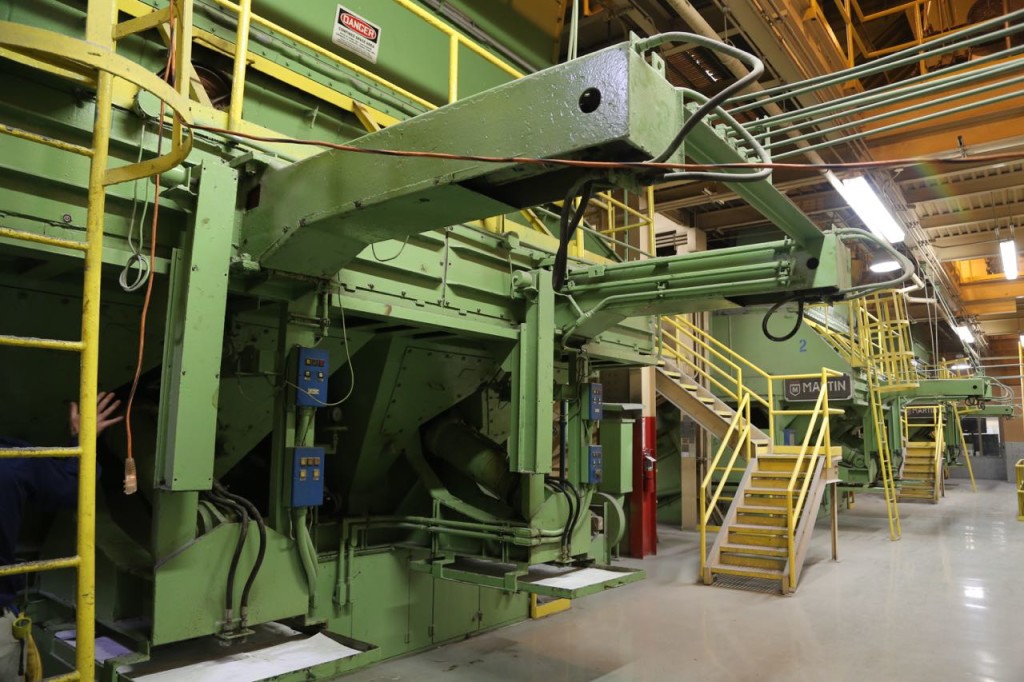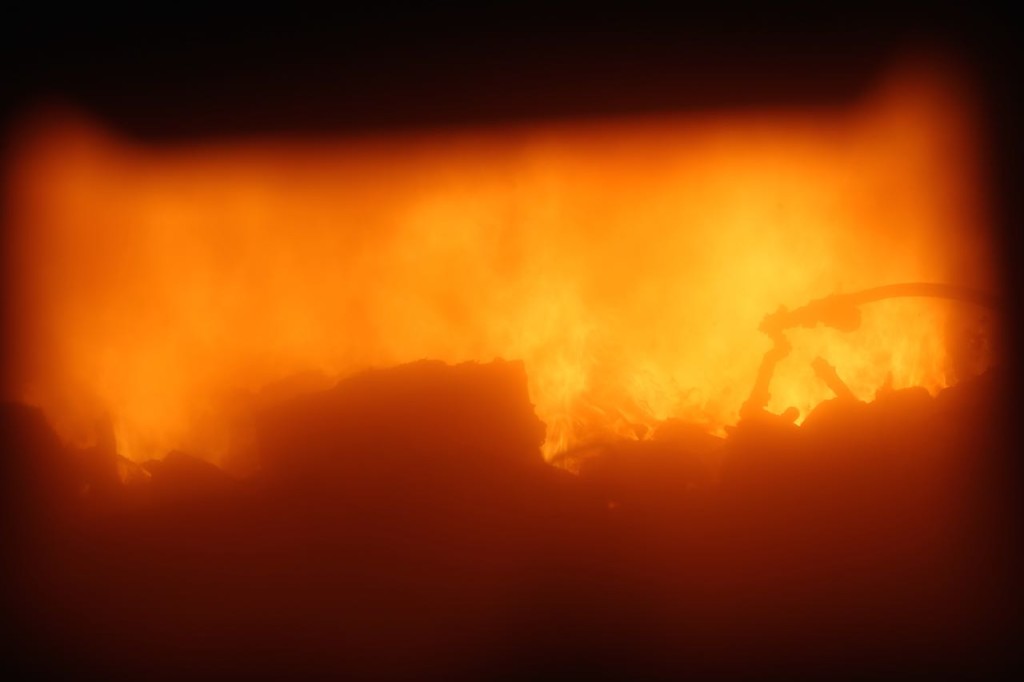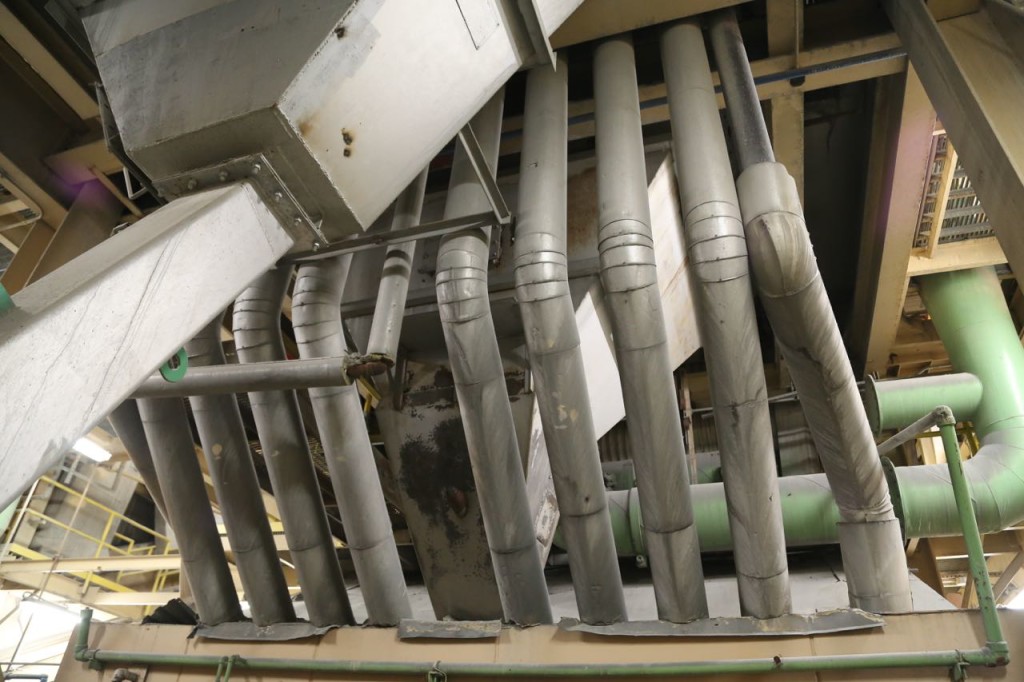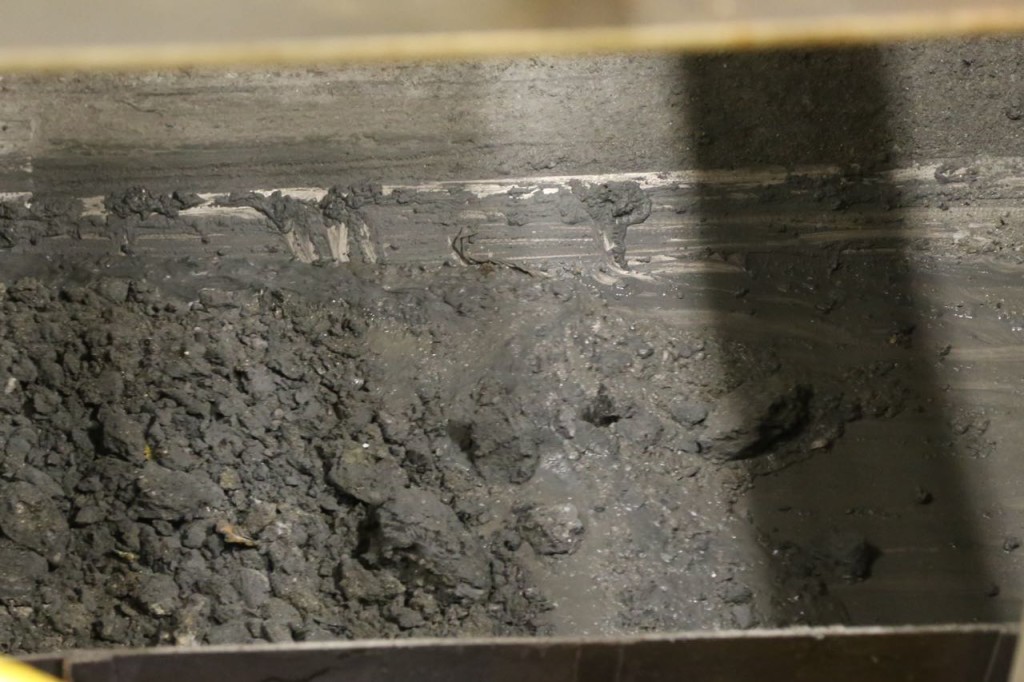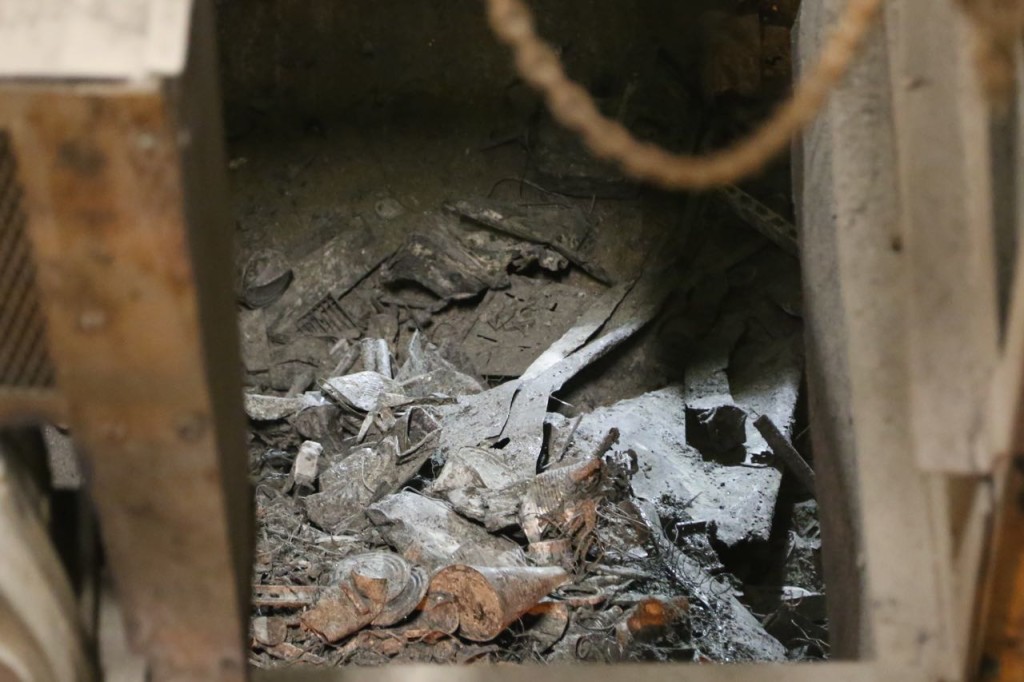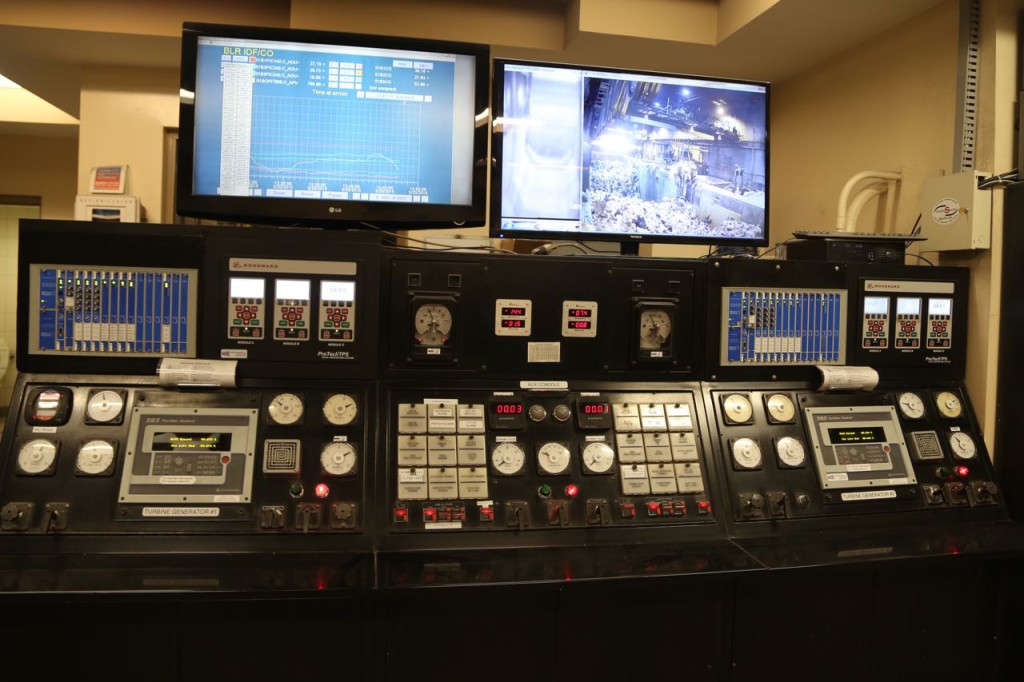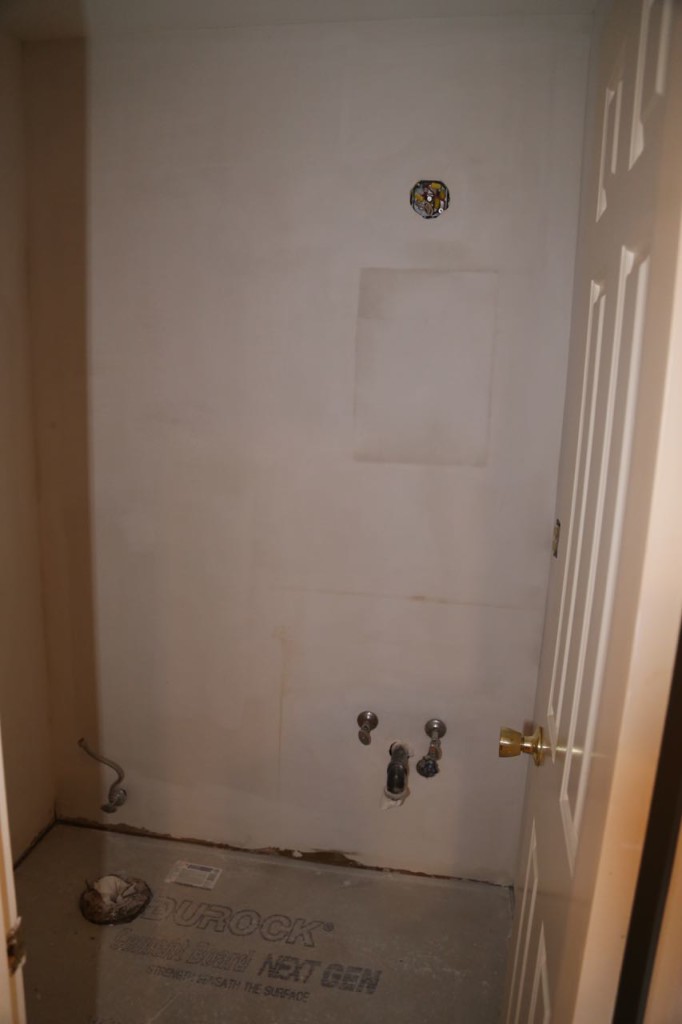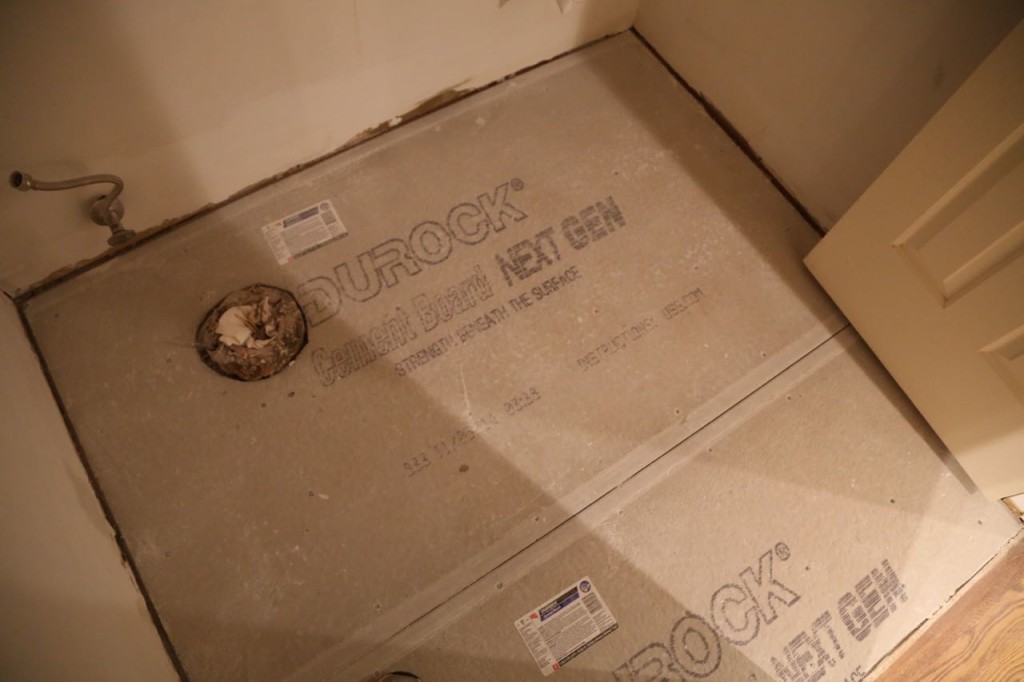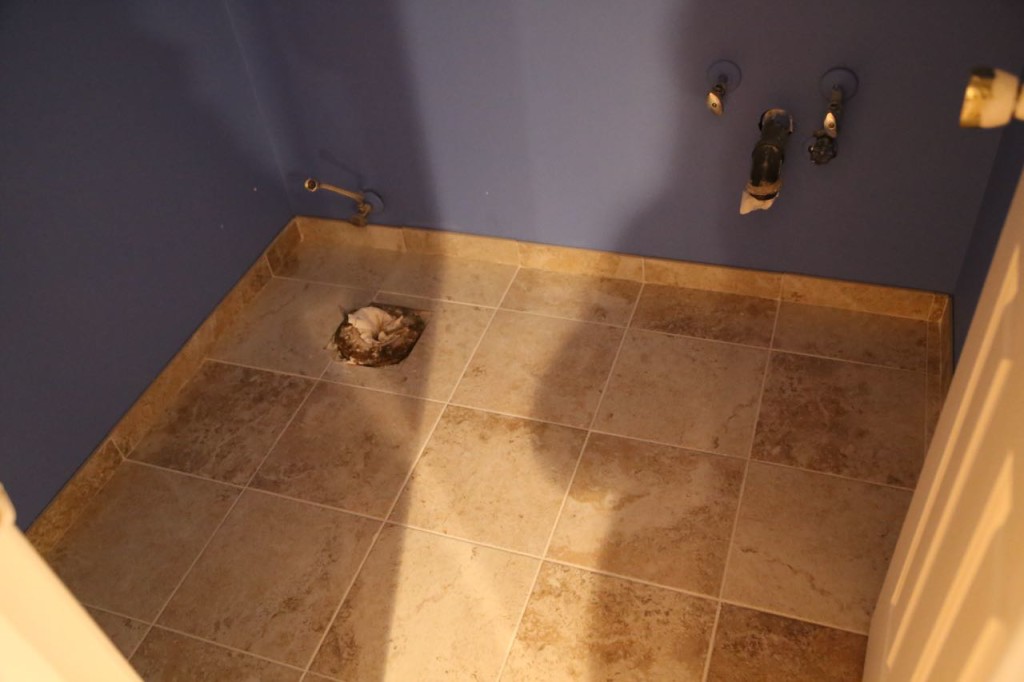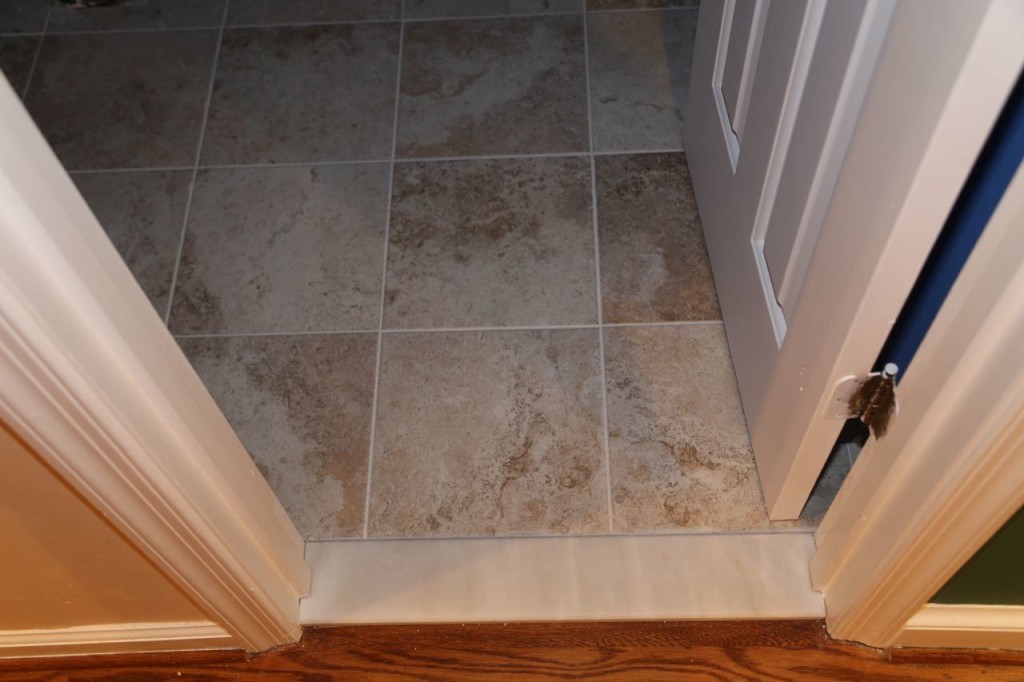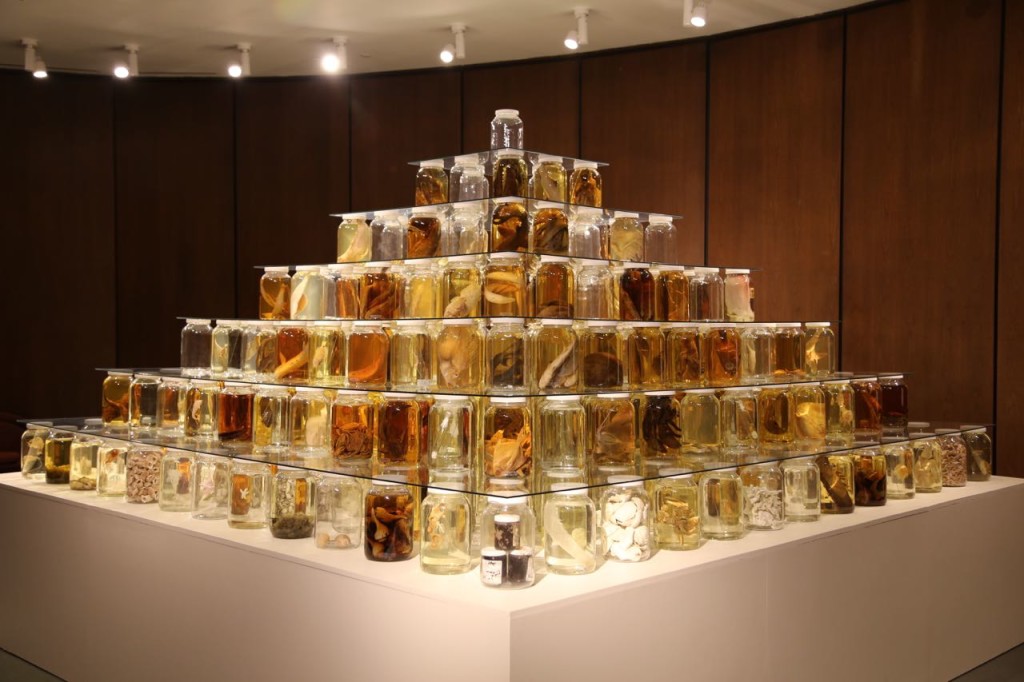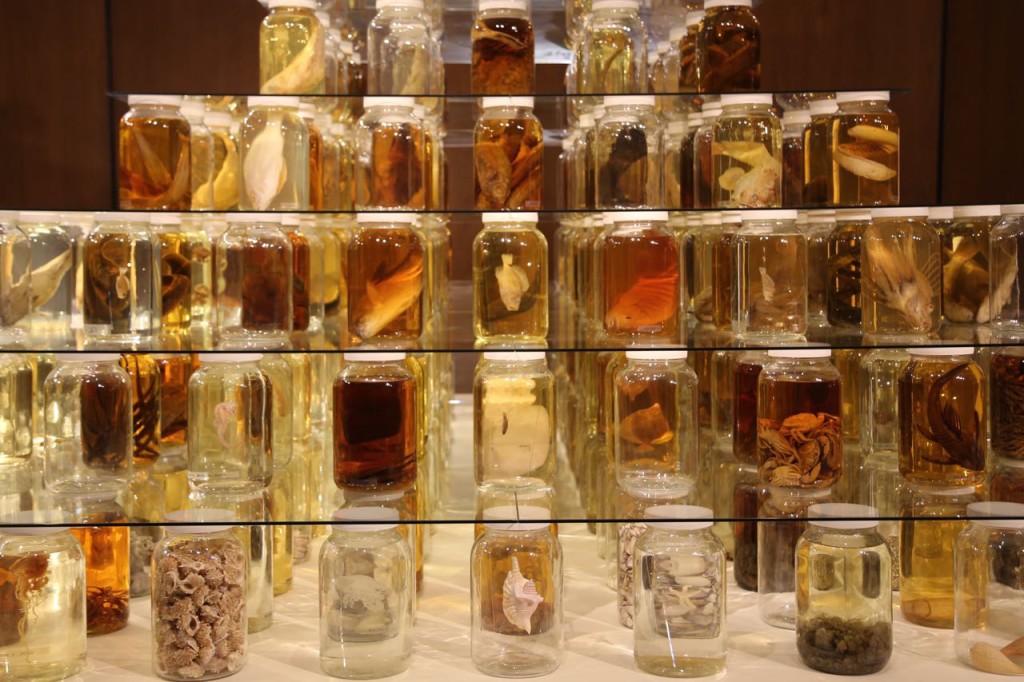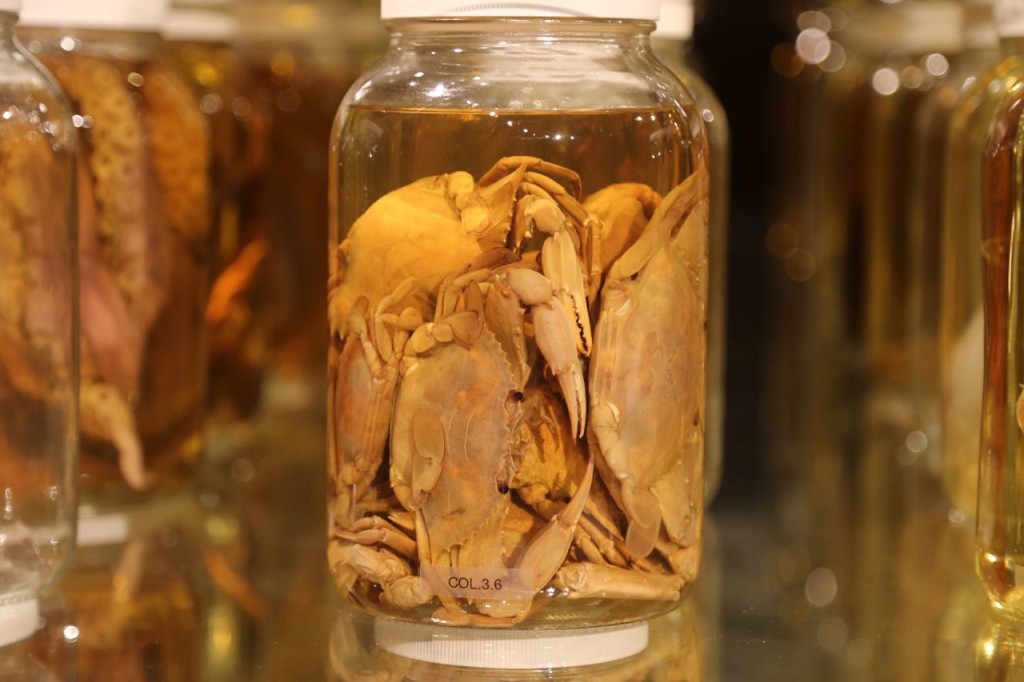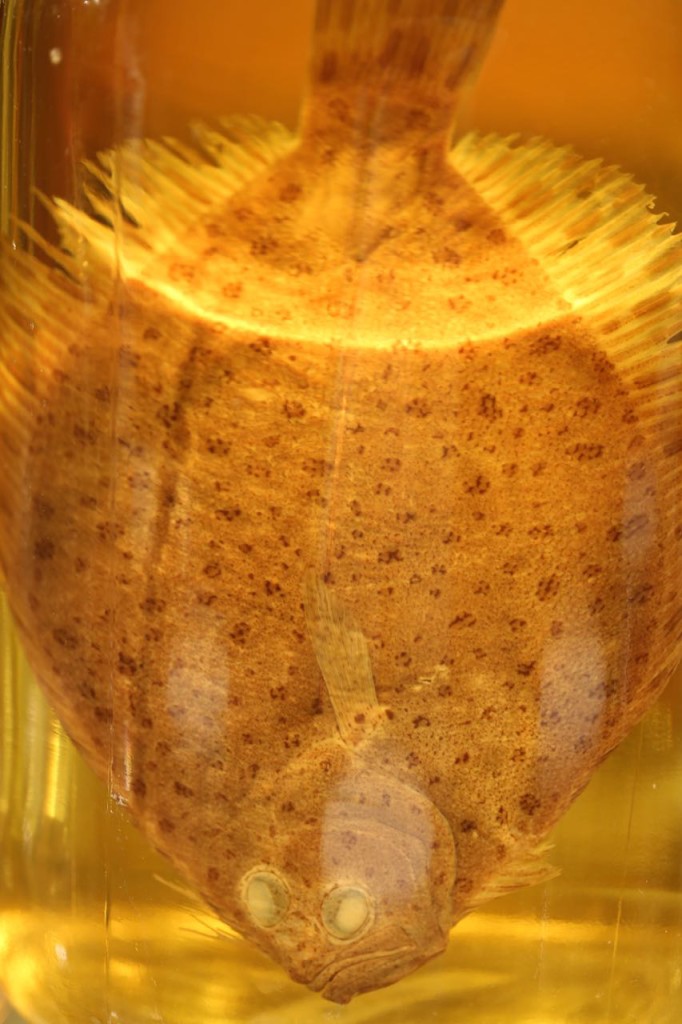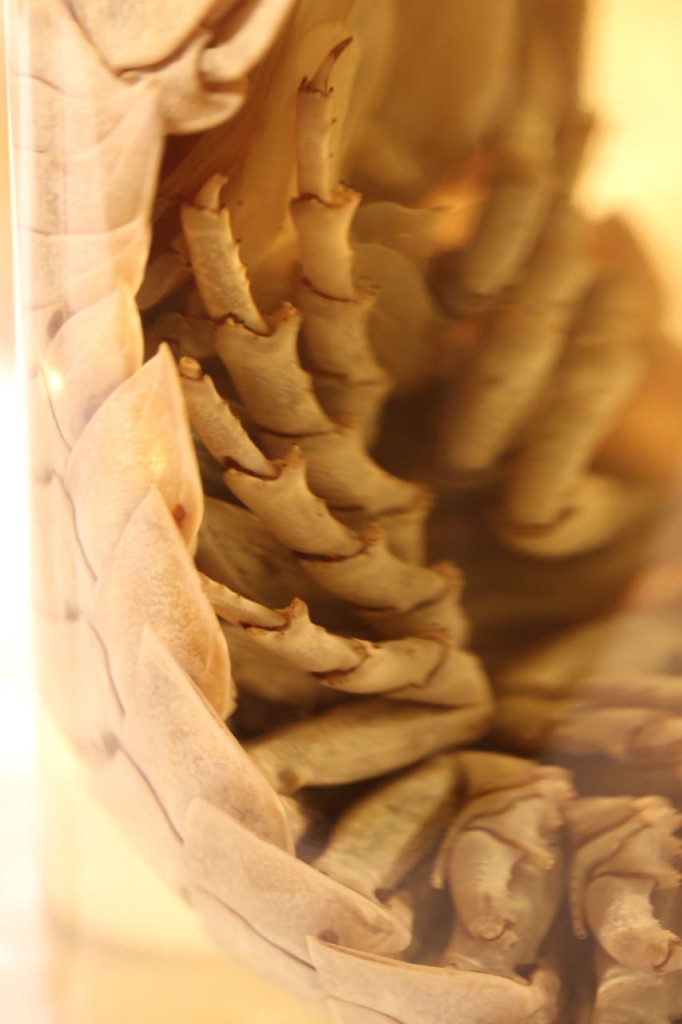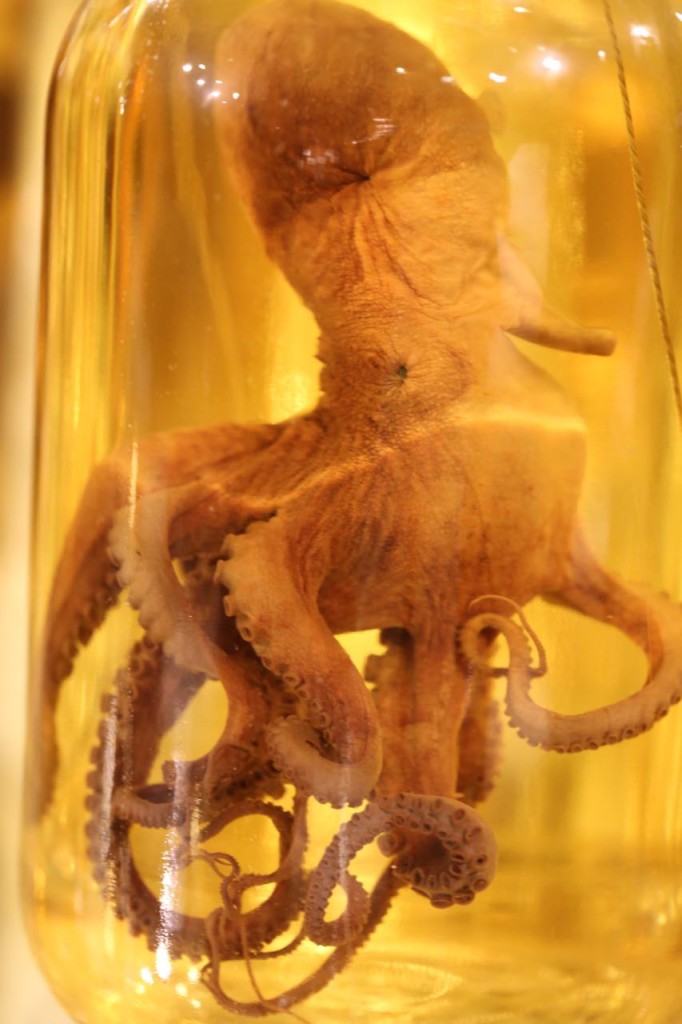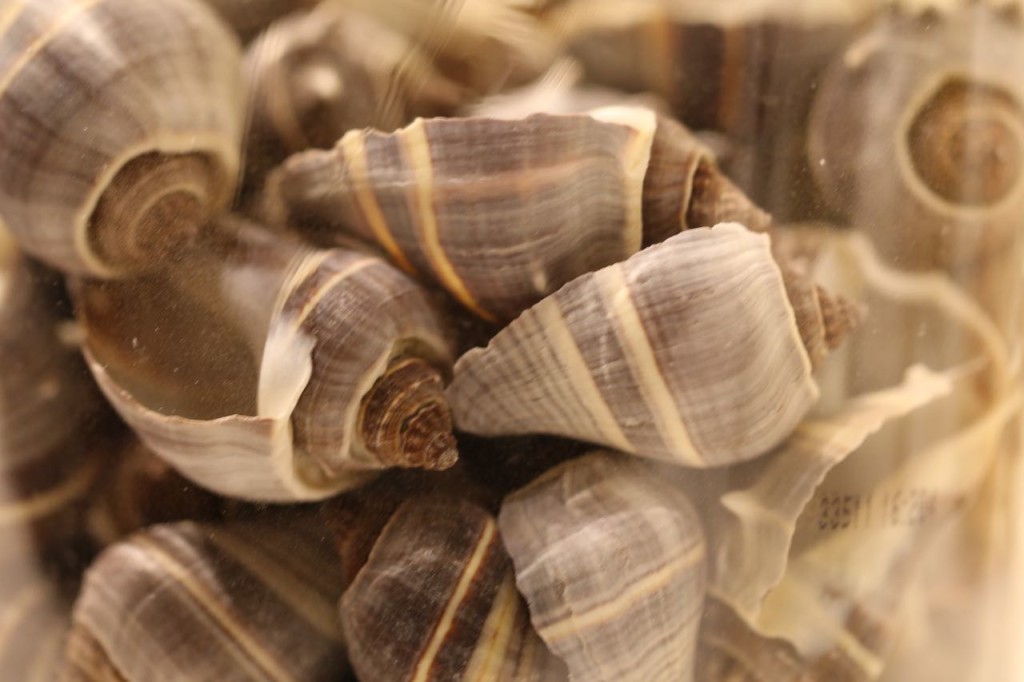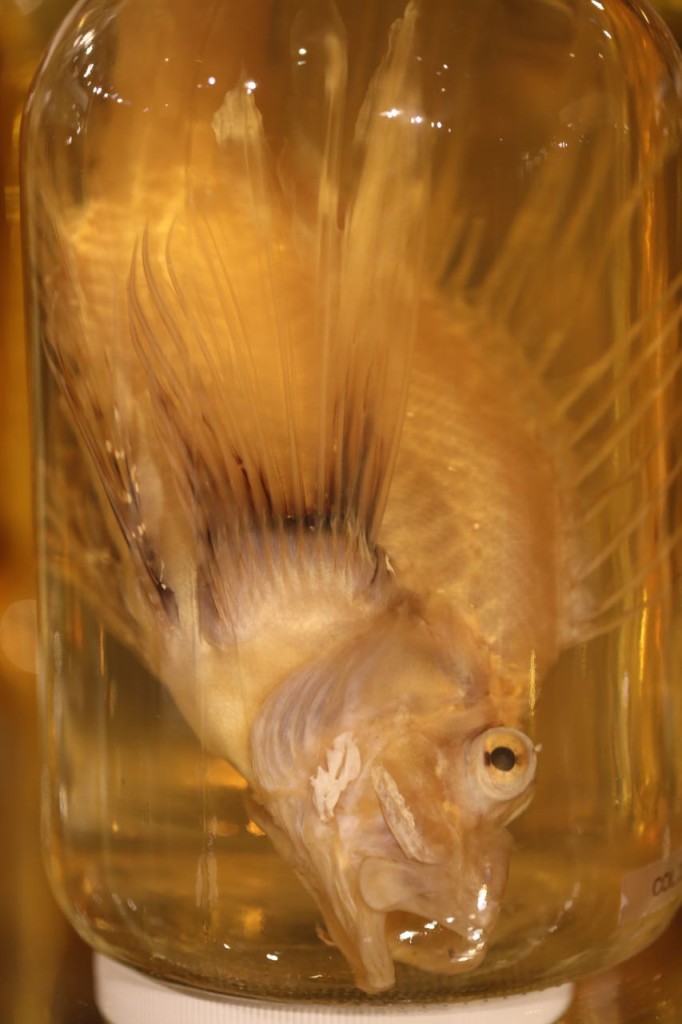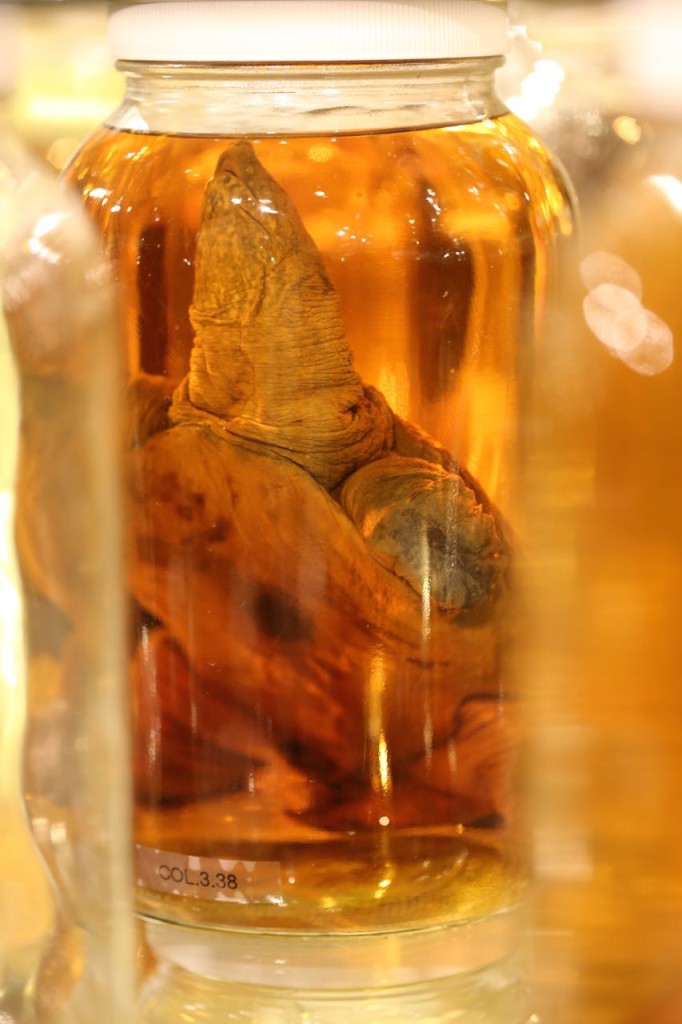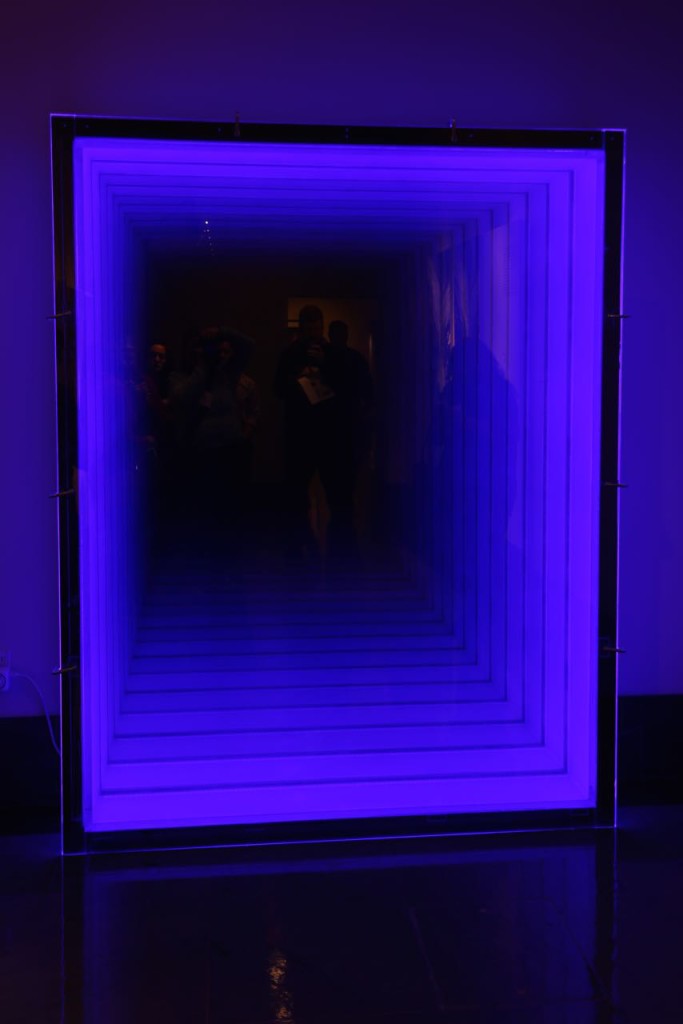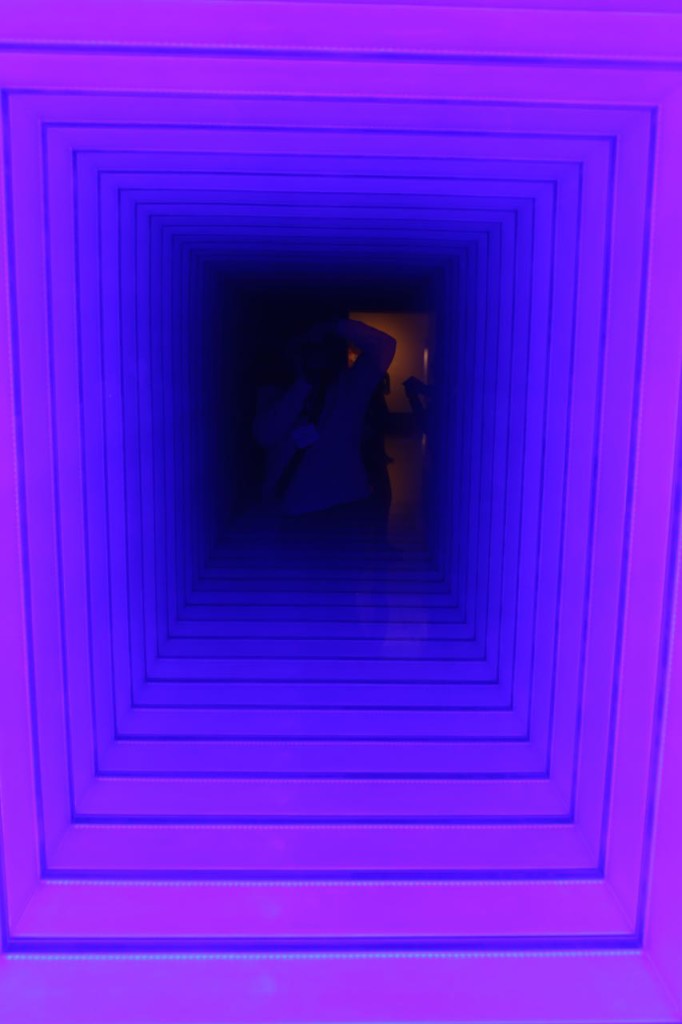Cherry blossom time is about one of the nicest times of the year in the Washington, DC area. I took two trips to the Tidal Basin to photograph the blossoms during peak bloom. Below are a few of my favorite photos.
Author Archives: geek
Waste to Energy Plant
Last week I got the chance to tour a waste to energy plant. The plant receives non-hazardous, household garbage from municipalities, consumer businesses, government agencies, and international ports. It burns the waste and converts the energy given off during the burning to electricity, which is then put into the power grid. Some of the waste that comes from government agencies need secure destruction, and at the plant, the waste is put directly into the feed stream and burned, so as to allow the needed secure destruction. The waste from international ports, such as nearby airports, must be burned to prevent any pathogens entering the country that may affect agriculture, and so it also is fed directly to the feed stream. Interestingly, the municipalities that send waste to the plant discourage their residents from putting yard waste into the trash. Besides being environmentally unfriendly because yard waste can be composted and nutrients returned to the earth, the yard waste is also not good for the waste to energy process because it produces nitrogen oxides (NOx), which forces the plant to put in more pollution control.
There are 88 waste to energy plants in the US, and 45-46 are Covanta’s, the owner and operator of this plant that I toured. The plant receives about 1000 tons garbage/day and after burning it, produces about 300 tons ash/day, which is 10-15% fly ash and the rest bottom ash. Thus, the plant achieves about a 70% weight reduction and also a 90% volume reduction. The fly ash is sent to monofill, which is like a landfill but only accepts fly ash. Fly ash can be used in making concrete, so evidently there is currently research being done by both the concrete industry and various waste to energy plants as to if this fly ash can be used for concrete and thus also be reused.
With the exception of the trash that has to go directly into the feed, when it first comes to the plant, the trash is placed on floor where humans look at trash to remove anything that should not be going into the boiler. For example, inert material shouldn’t go into the boiler because not only does it not burn, it is also a heat sink and reduces the efficiency of the process. The trash is then put into a storage pile to be eventually fed into the boiler feed. A large claw moves the trash to piles, mixes the piles, and then moves trash from the piles into the boiler feed.
The trash is sent to one of three boilers, each of which has six cells. The boilers burn the trash at 1800-2000°F (1300K). The boilers are initially heated up with diesel fuel, but then the trash sustains the burn. However everyday diesel fuel is used to test the burn.
The heat from the boilers is used to heat water to turn it into steam. The water is in a closed loop system, but they use about 20-25,000 gallons of water per day due to loss. [They use another 200,000 gallons/day for the cooling tower and are exploring with the nearby wastewater treatment plant using treated wastewater for this.] The water goes through a reverse osmosis treatment for purity, so nothing damages the turbines and the rest of the system. The produced steam is superheated but drops to 700°F before entering the turbines. There are two turbines with 14 stages. The steam turns the turbines, and that motion is converted into electricity in the generator. They produce 14.5 MW per turbine. Because of the work the steam does on the turbine, the steam enters the turbine at 600 psi and leaves in vacuum in a 10 ft length.
All the gases that leave the boiler pass through a series of air pollution control units. Ammonia, lime slurry, and carbon are used for pollution control. There are probes in the system to sample flue gas for pollution control additives that are needed. The treated gas then goes to a baghouse where particulates are captured. The air is below 300°F before going into baghouse, so it has cooled quite a bit.
The ash from the boiler is sent through a unit to remove all metals. The ferrous metals (attracted to magnets) are separated from the rest of the metals, and all the metals are sold for scrap.
The whole process is monitored in a control room by one or two people. I was amazed at how simple the process was. I, the environmental engineer, was of course geeking out at the whole thing, but it was a really cool process and efficiently run.
Finally here is a very short video of a few scenes from the plant. This includes waste being loaded into the feed, the fire in the boiler, and bottom ash entering the metals separator.
Snow
When I took Ferdinand out to play in the snow, I also took photographs of the snow. A fresh coating of several inches of snow has an amazing way of making everything look peaceful and beautiful. I like the way it sort of unifies everything. You are not sure where the grass and plants end and the rocks begin.The snow calls attention to the shape of branches and how thick they are or are not.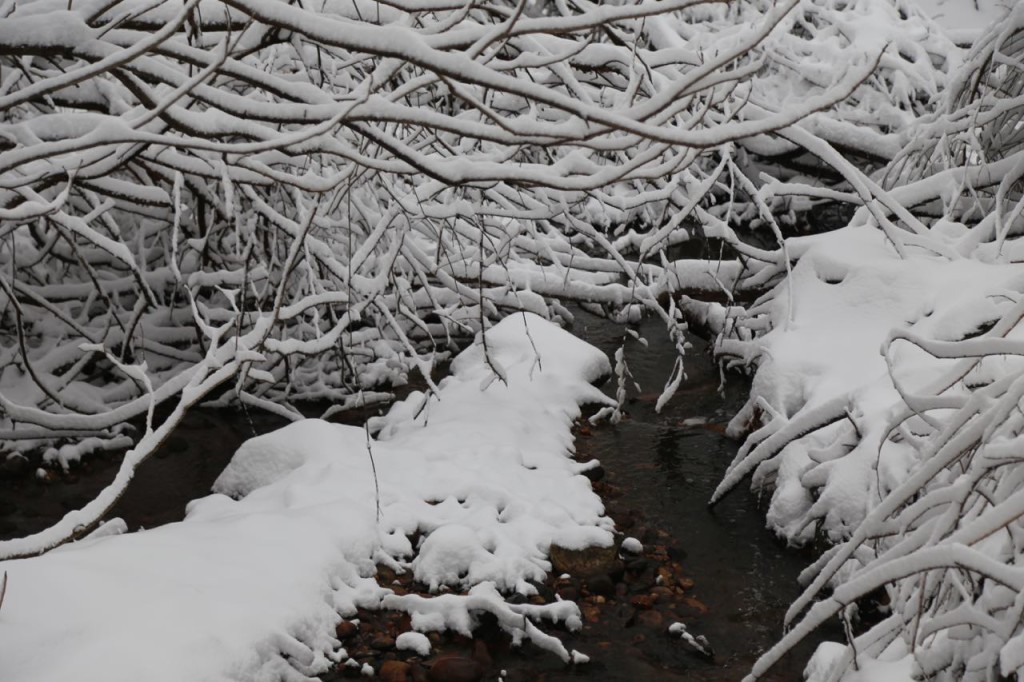
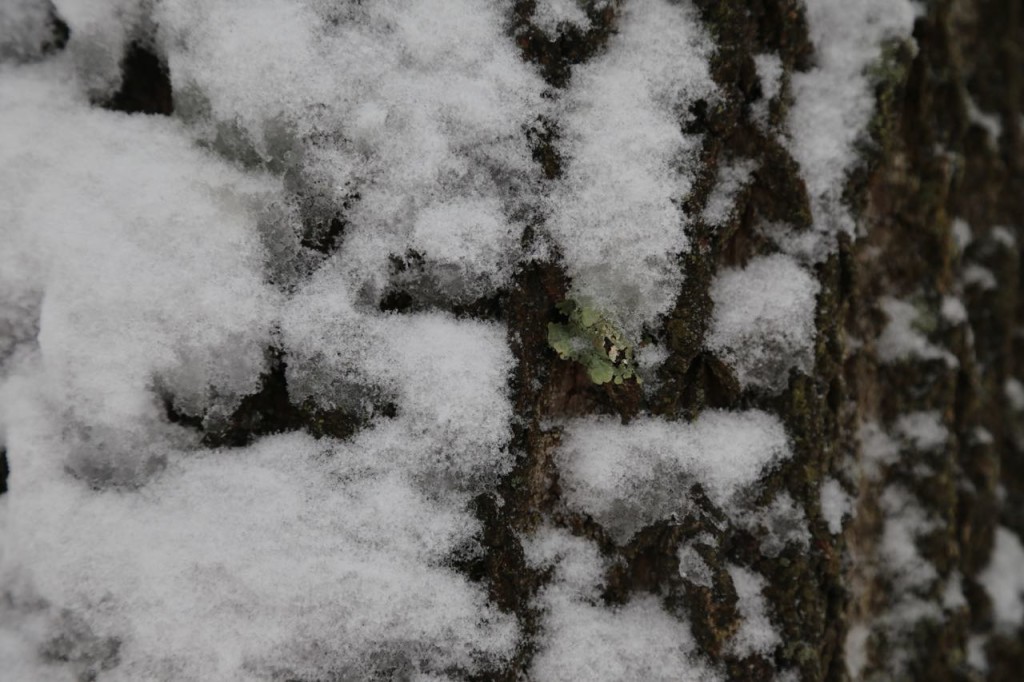
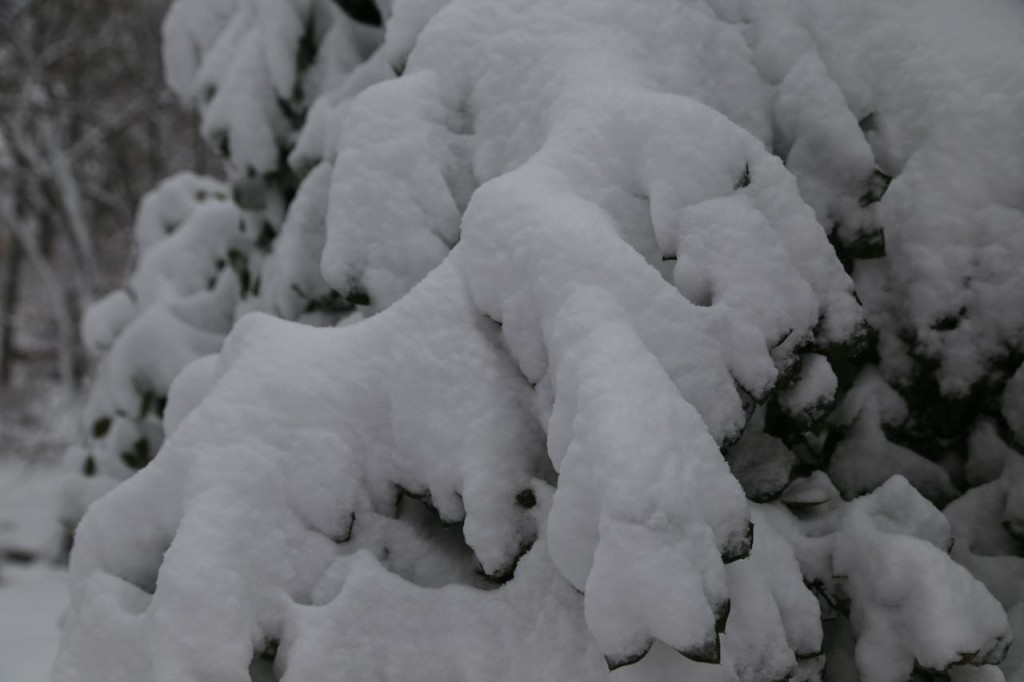

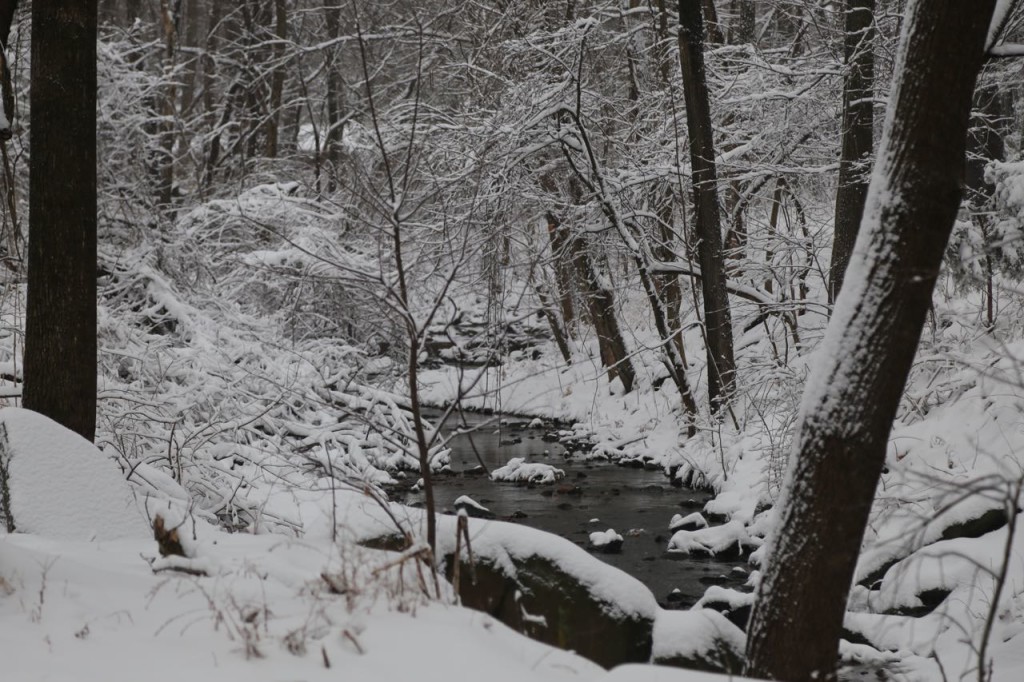
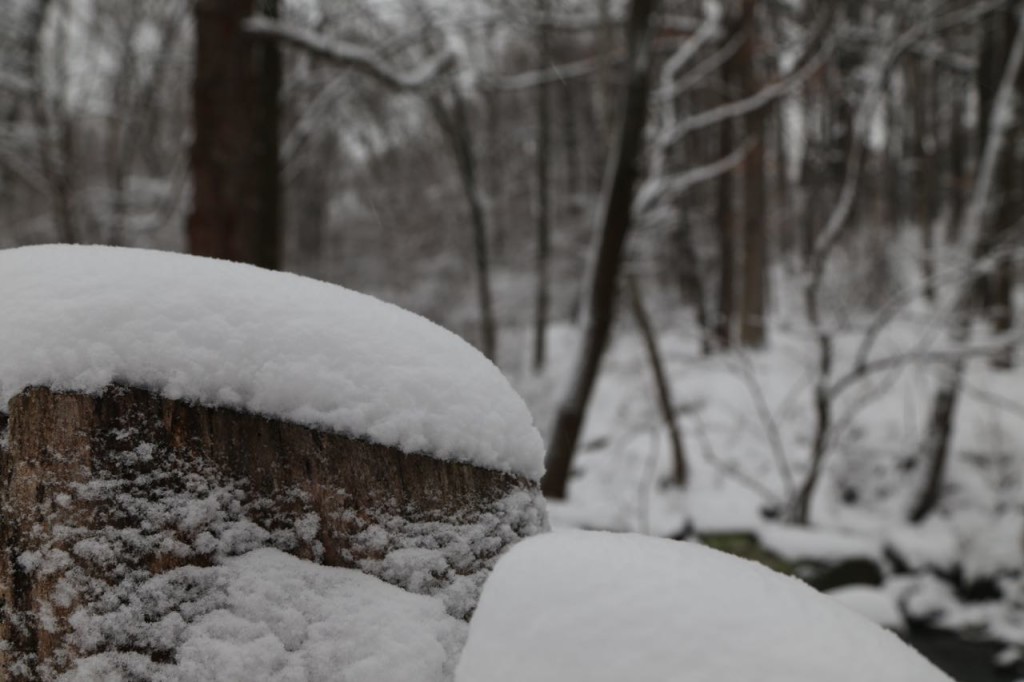
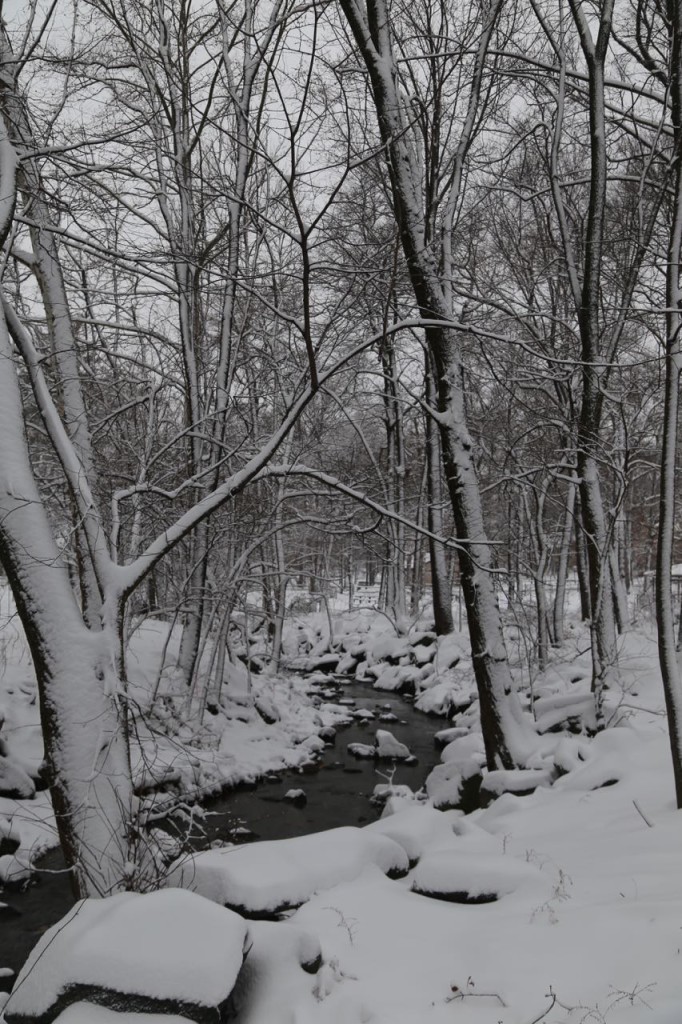
Ferdinand in the Snow
We got about 4 to 5 inches of snow yesterday, so I took Ferdinand out to play in it. The snow went up to his chest. He hates rain but loves snow. I attached a GoPro to his harness just to see what kind of video I could get. Below are photos and video I took of him as well as the video he took.
The video I took of Ferdinand playing.
The video Ferdinand took with the GoPro on his harness.
Half Bathroom Renovation Finished
I have finished renovating the half bathroom! It is pretty much the last room in the house that needed renovation. [I say pretty much because I still have a few projects I want to do in the laundry area and storage room.] The plumber installed a new toilet and also the vanity. I bought a vanity that came with a white glass countertop, a white ceramic vessel sink, and a matching mirror. All it needed was the faucet. I installed a new three-bulb vanity light and also replaced the outlet and wall switches for new white ones. I also installed two glass shelves above the toilet. Finally I replaced the door hinges and door knob with hinges and a lever that match the rest of the house.
It’s Not Melting, It’s Dissolving
Time for another post where I get on my science grammar soapbox. Have you ever seen the movie The Wizard of Oz? Everyone has seen that movie, right? Recall the scene where Dorothy throws a bucket of water on the Witch, and the Witch dissolves into a puddle while screaming “I’m melting, I’m melting”? First, don’t ever watch that movie with me. Why? Because every time I see that scene, I scream “you’re not melting, you’re dissolving, get it right.” Ok, it is a movie, a movie that takes place where monkeys fly, there are witches, lions walk and talk like humans, and scarecrows come to life. No, I shouldn’t be looking for realistic science in it. However it drives me crazy that they can’t even get the simple difference between dissolution and melting correct.
In the exact same incorrect way, there is a saying that some people say when their children, dog, whatever, is hesitate to go outside in the rain. “You are not made of sugar, you won’t melt.” There are actually several things wrong with that statement. Sugar, as in table sugar, which is specifically sucrose (as opposed to all the other sugars that exist), does not actual melt at all. At 186°C (367°F), it decomposes to caramel. So even if that saying meant decomposes, if the temperature outside is high enough for sugar to decompose, you have much bigger problems then possibly getting wet. You would die of heat. However, if you were made of sugar, and you went out into the rain, you would not have to worry about melting, you would have to worry about dissolving.
Melting is a physical process where solid turns into a liquid due to heat applied to it. Stick ice into a glass at room temperature. Wait a while. You now have water in the glass. The ice melted into water. But you didn’t apply heat, you might argue. The melting point of ice, the temperature at which solid water, i.e. ice, becomes liquid water is 0°C (32°F). So by simply having ice at room temperature (around 22 °C (72 °F)), heat has been applied to it. The temperature is higher than what the ice needs to stay a solid. Similarly put solid chocolate in a pot and heat slowly to 30°C (86°F). You have liquid chocolate. It has melted. Now don’t waste that chocolate, go eat it with strawberries or cake. [Excuse me for a moment. . .]
Now take that glass of water you made by melting ice at room temperature, and pour just a little salt into it. The salt has dissolved into the water. The water, which is the solvent, has dissolved the salt, the solute, into a solution. When Dorothy throws water on the Witch, the Witch is the solute, the water is the solvent again, and now you have a witch solution in water. Based on the film, witch dissolves quite readily. [It would not matter if she threw boiling water on the Witch, it would still be dissolution because the water is mixing with the witch. The water was quite clearly not boiling anyway.] Other liquids can act as solvents to dissolve solutes, but water is the most common in everyday life. Wiping acetone on nails painted with nail polish removes the polish because acetone, a solvent, dissolves the hardened nail polish, the solute, into a solution. [It is a temporary solution in the sense that acetone readily evaporates, but it forms a solution with the polish long enough to transfer the polish to a cotton ball. The acetone then evaporates leaving behind the polish on the cotton.] An important distinction between melting and dissolving is that melting only involves one substance, water, chocolate, wax, etc. Dissolution involves two substances, water and salt, water and sugar, acetone and nail polish, etc. Dissolution can also involve applied heat, but it isn’t required. There is a much longer explanation for that, and it relates to the solute and solvent and numerous other factors.
To review, melting is one substance changing from a solid to a liquid, and one, and only substance is involved. It is a phase change that must involve a temperature (or pressure) change. Dissolution is one substance becoming part of a solution with a liquid, and two substances are involved. It is two substances becoming one, and temperature change is not necessary for it to happen.
I honestly don’t understand why some people don’t understand the difference. However ignorance of this appears to be wide spread. Evidently the U.S. Special Inspector General for Afghanistan Reconstruction does not know the difference. That Inspector General recently released a report concerning a half-million-dollar U.S.-built police training center in Afghanistan that was so badly constructed that it is literally “melting.” Nope, it is not. It is literally dissolving. If the center had been made of wax, then maybe it might melt. Based on the wording in this article and the accompanying photos, the building is quite clearly dissolving. That is still incredibly appalling construction. As an engineer, I would really like to see the design plans. However, if the Inspector General does not even know the difference between melting and dissolving, then perhaps the Inspector General would do well to have someone on staff who does. It would make for better and more accurate reports.
Half Bathroom Reconstruction
Reconstruction of the half bathroom is partially done. I hired a contractor to remove the second layer of subfloor and then lay concrete backer board so that I could lay tile. The contractor also placed new green board in to fill the whole from the old medicine cabinet and also use drywall mud on the walls to smooth over the texture left from the old wallpaper. After the contractor finished, I primed and painted the walls and ceiling and laid a new tile floor. I painted the walls the same blue color as the accent wall in the dining room, and the ceiling is the same pale blue as the ceiling in most of the house.
WMATA L’Enfant Plaza Fire
Today there was a fire in a WMATA subway tunnel near L’Enfant. The National Transportation Safety Board (NTSB) is now investigating, and I have confidence that they will do a thorough investigation. I have some questions about actions taken right after the smoke was reported that no one, or at least no one in the media I have seen, has asked. The station filled with smoke, and they evacuated it. WMATA stopped running green and yellow trains through L’Enfant. However they kept running blue, orange, and silver trains through, but these trains did not stop at the station, as they normally would. For those not familiar with L’Enfant Plaza Metro Station, orange, blue, and silver lines share the same track on the lower level, and yellow and green share the same track on the upper level. My question is, were they sure it was safe to keep sending the orange, blue, and silver trains through? I am not asking from the standpoint of the fire, because presumably, they traced the location of the smoke enough to know it was not in the lower tunnel. By safe, I mean because of the potential inhalation of smoke in the lower level tunnels. If the station filled with enough smoke that it needed to be evacuated, then how were they sure that smoke would not enter the trains running through it?
A couple of quick points:
- Just because air smells bad doesn’t necessarily mean it is toxic or hazardous, but conversely, just because air smells fine doesn’t mean it is safe.
- Particulate matter in air and/or smoke is in general not something you really want to breath, but there are different levels of toxicity associated with it. That is, some particulate matter is not more than just an irritant. However, the effect particulate matter has on a person is also affected by that person’s health. People with respiratory issues are more susceptible to any effects.
- Exposure to hazardous or toxic materials can cause effects on different time scales. People who were trapped on the WMATA train in the tunnel, would have acute (short-term) effects from breathing the smoke, such as coughing and having trouble breathing. However, they were probably also exposed to chemicals whose effect is not immediate, such as carcinogens.
The questions I have, that I have not heard anyone ask include:
- What is the air exchange rate between the subway trains and the surrounding air? Can the ventilation be turned off manually, so that there was no air exchange between the train and the surrounding air while the trains were near L’Enfant?
- Were there any measurements taken of the air in L’Enfant, particularly on the lower level where the orange, blue, and silver trains were still running through? If so, what were the measurements of? Just measuring particulate matter will not indicate almost nothing about organic compounds or other chemicals in the air.
- How far did the smoke spread?
- Assuming air measurements were taken, did anyone calculate the amount of contaminants that people in the trains would be exposed to while running through the station based on time and air exchange rate?
My educated guess is that no air measurements were taken. There are probably some sensors in place to measure smoke, but depending on how that measurement is taken, it will tell you information about the particulate matter and that is it. I seriously doubt there was initially any sensors that measured organic compounds or any other type of compounds in the air. I have my doubts that any portable system was put in place during the response. The priority would have been evacuating people (as it should have been). It is possible that WMATA had some qualitative data that there was not much smoke on the lower level. That is, someone may have looked at a video screen and decided the air didn’t look bad. However, unless they had actual quantitative data of what was in the air, then visual assessment of air is a really bad way to make assessments on the quality of the air.
The early statements by WMATA and all other sources, like the fire departments involved, was that they did not know the source of the fire, location or cause. Thus they could not have possibly known what was burning and what would be in the air. For example, if wood is burning, you can expect certain chemicals in the air. If rubber is burning, you can expect different chemicals in the air. WMATA probably decided that the air on the lower level didn’t look that bad, and the trains would go through the station quickly enough that very little exposure would occur. They very well may be right, but with no data and no statements about any calculations, they have no way to prove that. Also, did they inform their passengers of this? If I was on a train, and I knew that the train was going to go through, but not stop, at a station that was filling with smoke, I would get off the train. I don’t feel the need to expose myself unnecessarily to hazardous substances, even if in small amounts. I do not like standing near people who are smoking. The second hand smoke may only minimally increase my risk of disease, but I still don’t see the need for that tiny increase. Thus, was WMATA considering passengers’ exposures at all? Furthermore, did they communicate the possibility of exposure to their passengers on the orange/blue/silver lines to allow their passengers to make their own educated decision about staying on the train? My guess is the answer to both those questions is no, and that is another thing to which WMATA should be made to respond.
Collapse
One of the exhibits, we visited during Cultural Programs of the Natural Academy of Sciences’s #NAS_sciart was Brandon Ballengée: Collapse. Collapse is a huge pyramid of specimen jars that contain species from the Gulf of Mexico that are in decline due to the 2010 BP Deepwater Horizon oil spill. It was interesting to be able to see numerous species up close, even if preserved, that I normally would never see. However, it was sad to think that all these species are in decline or at least affected by the Deepwater Horizon oil spill.
Void
I went to an Instameet at the National Academy of Sciences today, where we toured two art exhibits and also the building. One of the exhibits we toured was Imagining Deep Time, and one of the pieces of art in that exhibit is Chul Hyun Ahn’s Void. I have seen this exhibit before, and no matter how many times I see Void, it still freaks me out. It just does. The piece is made of cast acrylic, LED lights, hardware, and mirrors, and while it physically has a size of 90 x 71 1⁄2 x 12 1⁄4 inches, it looks like a tunnel that goes on forever. The photos I have posted below simply do not do it justice. I am very impressed by how the artist was able to create the vision effect, but when I stand in front of it, I keep waiting for Dr. Who, Spock, or some other science fiction character to come walking through the tunnel. I guess it kind of scares me. Yes, I am a wimp. A piece of art that is just lights, mirrors, and acrylic scares me.
Side note: The photo of Void with JD Talasek, the curator of Imagining Deep Time, in front of it, is the only photo posted below that I took with my iPhone. The rest of the photos I took with my Canon 6D. I note this because I find it interesting how the two cameras captured the light differently. The only manipulation I performed on my photos was cropping and some straightening.













